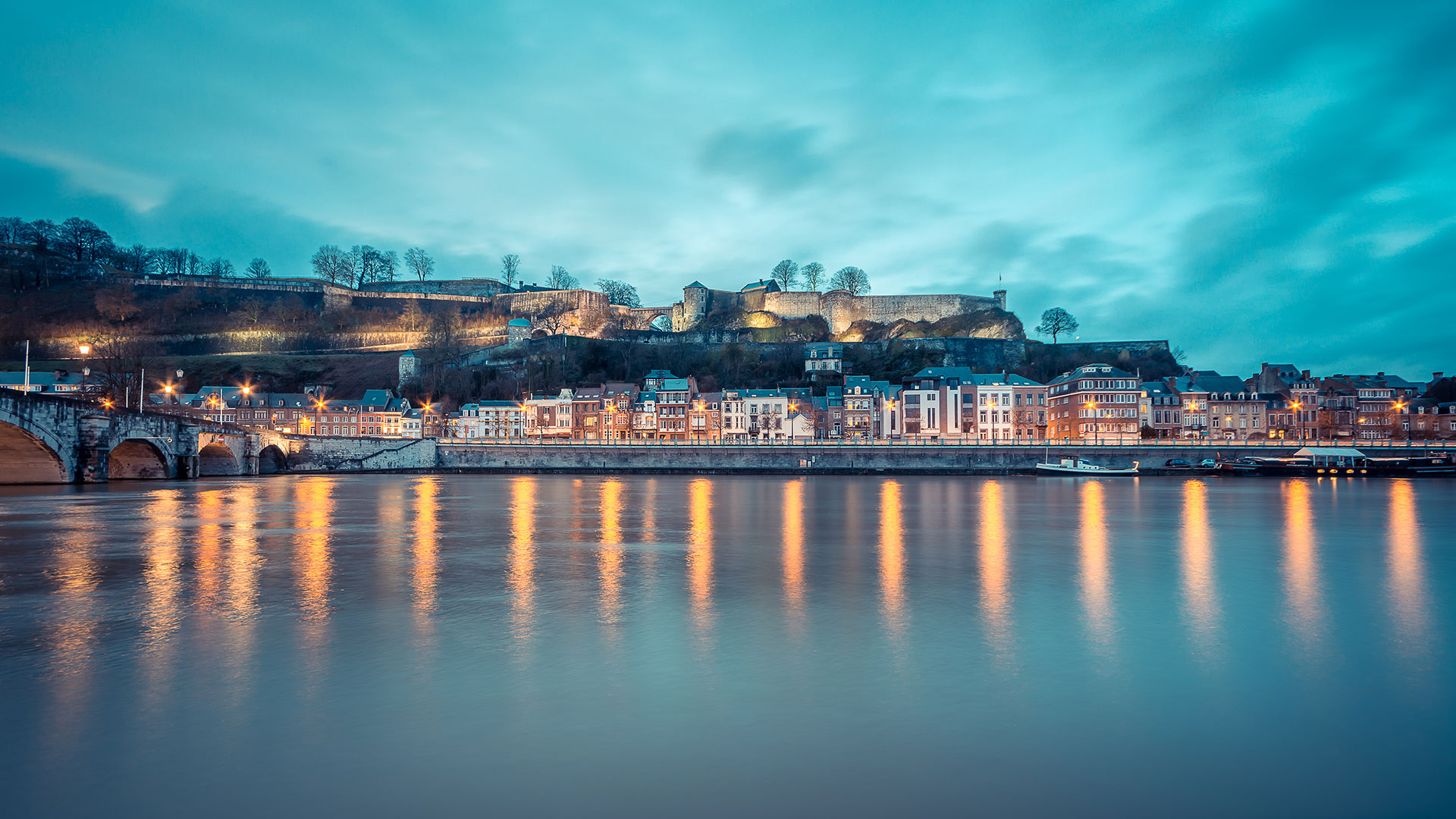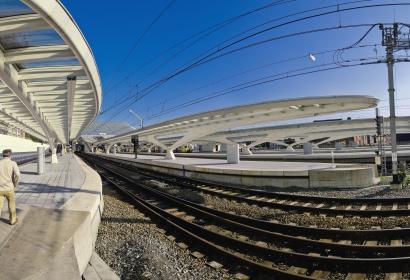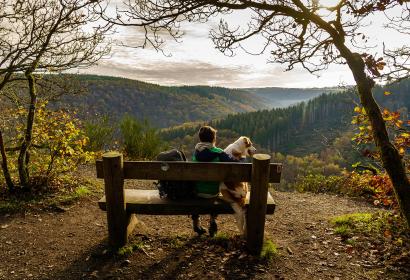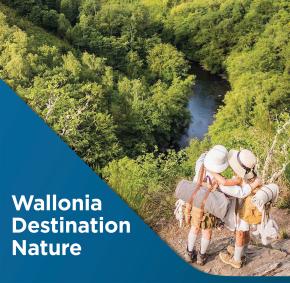Here is all the essential geographical, demographic, climatic and linguistic information for Wallonia and Brussels.
Area
- Belgium: 30,528 sq kms
- Wallonia: 16,844 sq kms
- Brussels-Capital region: 162 sq kms
Demographics
Population of Belgium: 11 million
In Wallonia: 3.5 million
In Brussels: 1 million
Density of the population: 364 per sq km
Languages
Belgium has three official languages:
- French: in Wallonia and Brussels.
- Dutch: spoken by 15% of Brussels' inhabitants.
German: in the Eastern Cantons.
Provinces
Wallonia is the southern part of Belgium. It is bordered by France, the Grand Duchy of Luxembourg and Germany.
Wallonia has 5 provinces, each with its own capital:
- The province of Namur – the city of Namur
- The province of Liège – the city of Liège
- The province of Hainaut – the city of Mons
- The province of Luxembourg – the town of Arlon
- The province of Walloon Brabant – the town of Wavre
Namur lies near the centre of Wallonia. The area is notable for its river valleys. As well as the Walloon capital, notable destinations are Dinant, Han-sur-Lesse, Rochefort and Couvin.
Liège is a hilly province in the north-east of Wallonia, with several outstanding destinations. Places to see: the city of Liège itself, as well as Spa, Huy, Stavelot and Malmèdy.
Hainaut lies in the western part of Wallonia, with a landscape of gentle hills and vast beech woods. Places to visit: Charleroi, Tournai, Mons, Binche and Chimay.
Luxembourg province – not to be confused with the Grand Duchy of Luxembourg over the border to the south-east - is notable for its deep game forests. Outstanding destinations in this region are Saint-Hubert, La Roche, Bouillon, Orval, Gaume and Durbuy.
Walloon Brabant lies immediately south of Brussels. Its main visitor attractions are Waterloo, Villers-la-Ville, Wavre, Nivelles, Louvain-la-Neuve, and the beautiful scenery of Brabant Hesbaye.
Namur has been the capital of the Walloon region since 11 December 1986. It is the home of the government and the Walloon Parliament.
Highest Point
The ‘ceiling’ of Wallonia is at Signal de Botrange, in the High Fens in the province of Liège, with an altitude of 694 metres.
Dominant Colours?
• Green: 80% of Belgium’s forests are in Wallonia.
• Blue: the mighty river Meuse crosses Wallonia, and there are numerous rivers, streams and lakes.
• Black: Wallonia is a former mining region. The slag heaps are now covered with vegetation, but the memory remains and four former coalmines can still be visited.
Let yourself be tempted by the unique experience of touring Wallonia. The south of Belgium has so much to offer you for your holidays, long or short.
Climate
The climate in Belgium is maritime temperate. It is mild and humid.
- The average temperature in the summer is 20°C
- The average temperature in winter is 5°C








